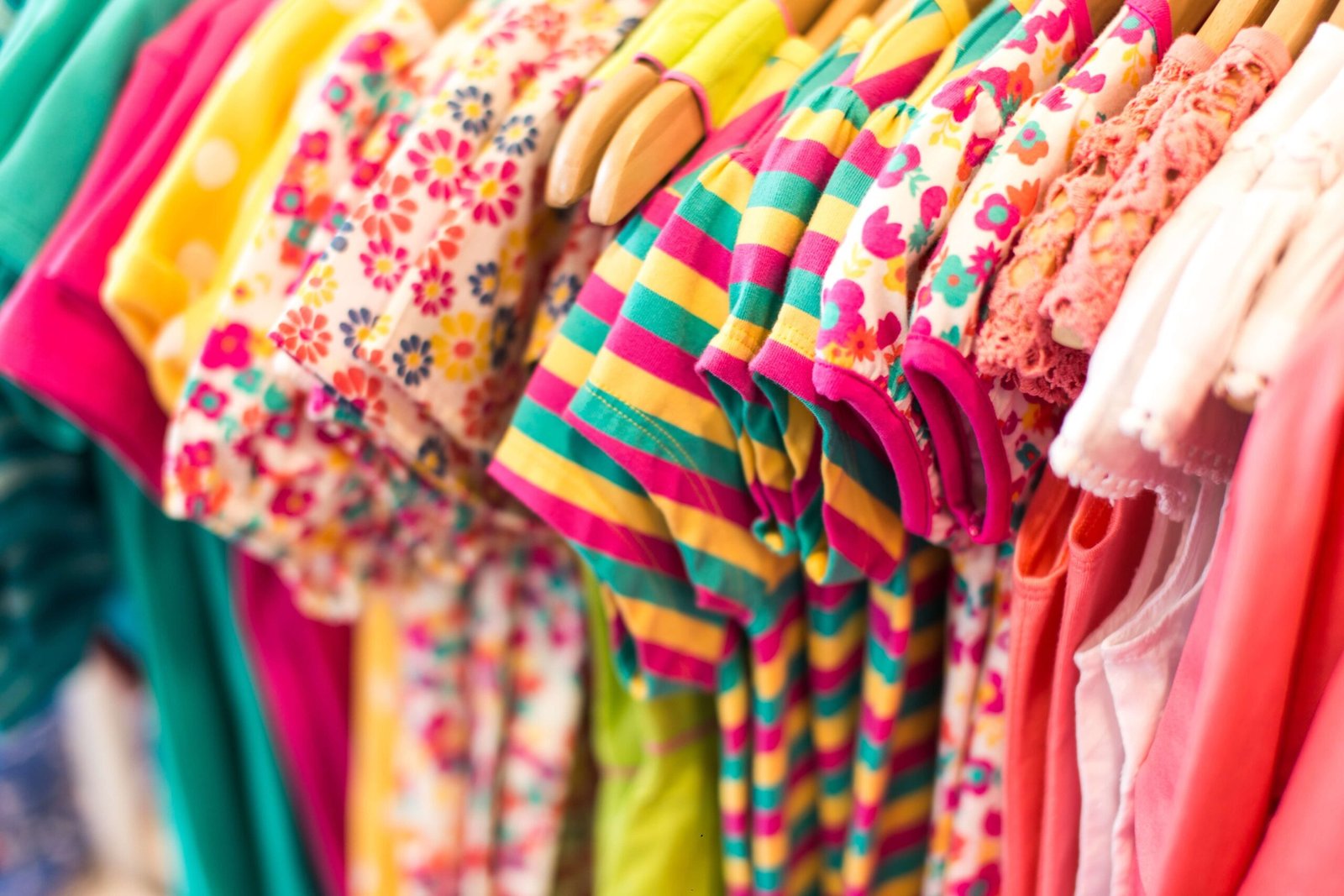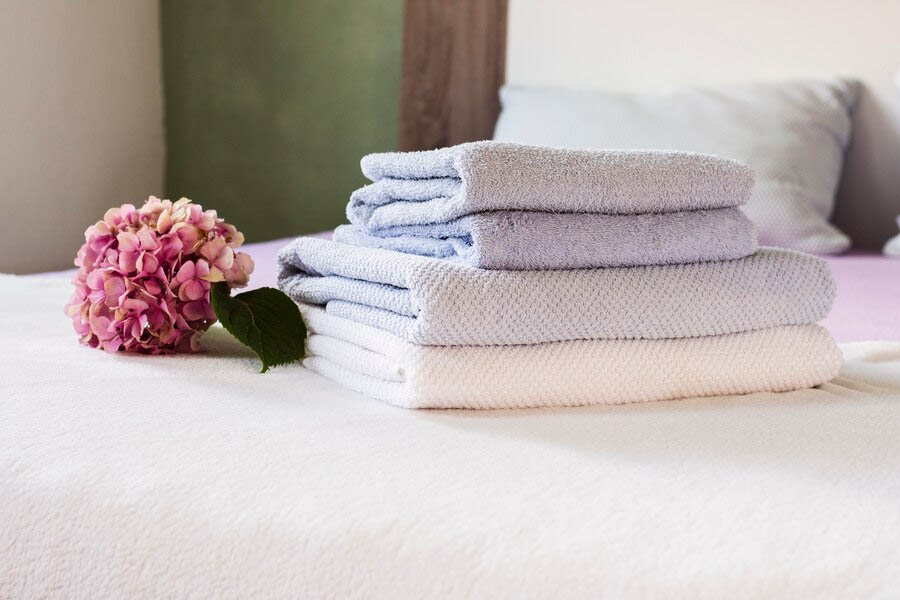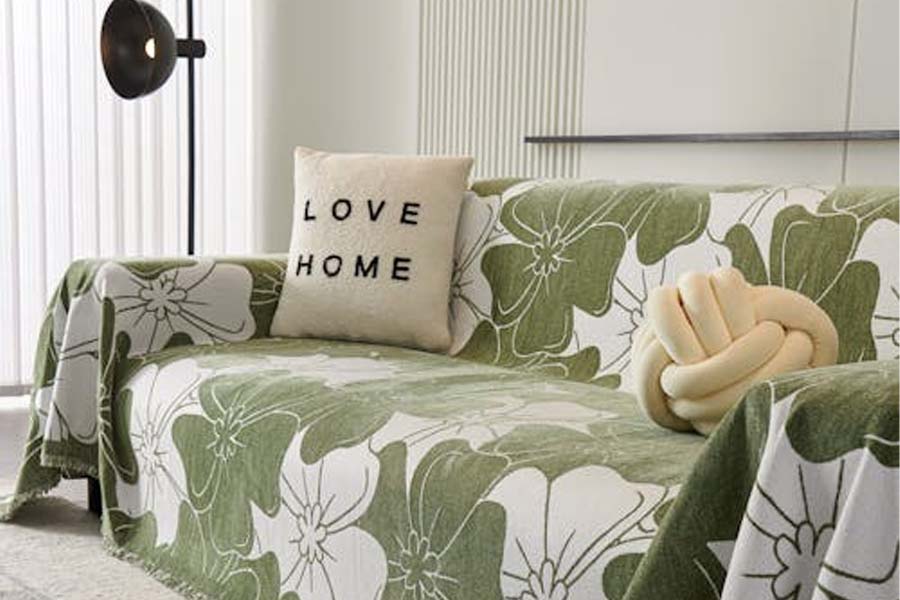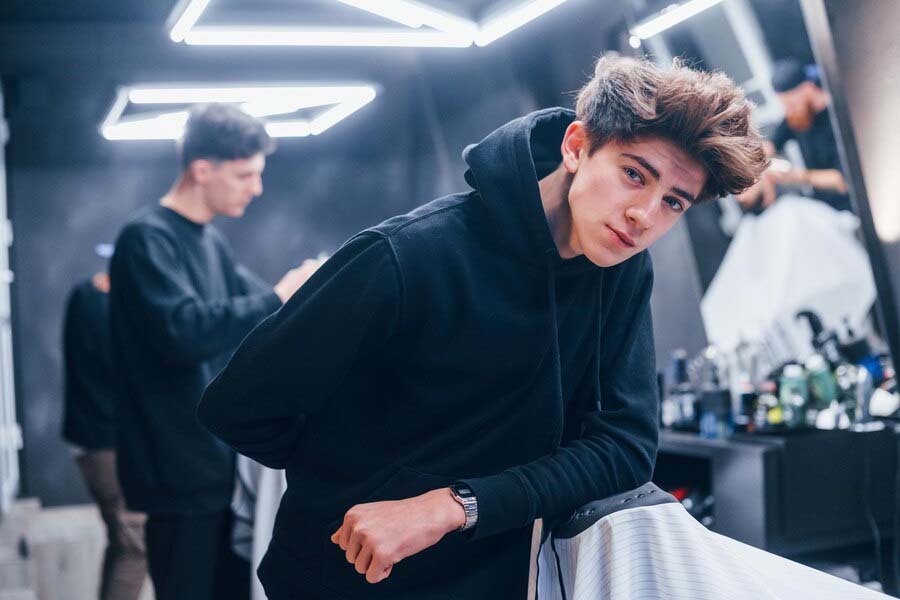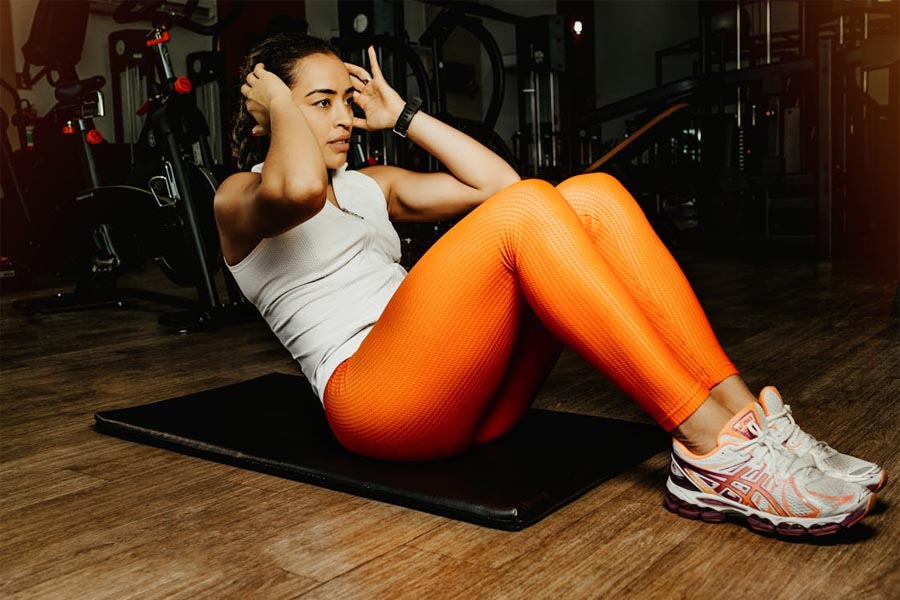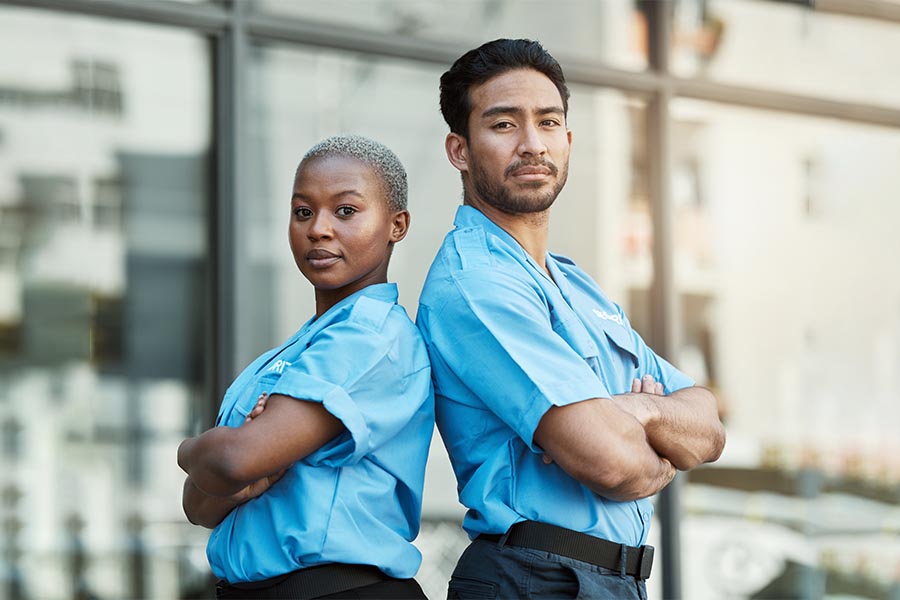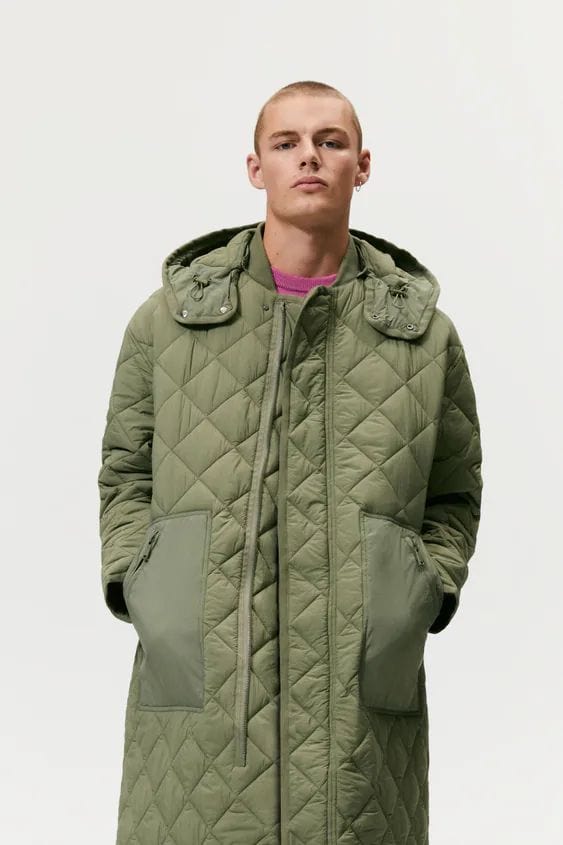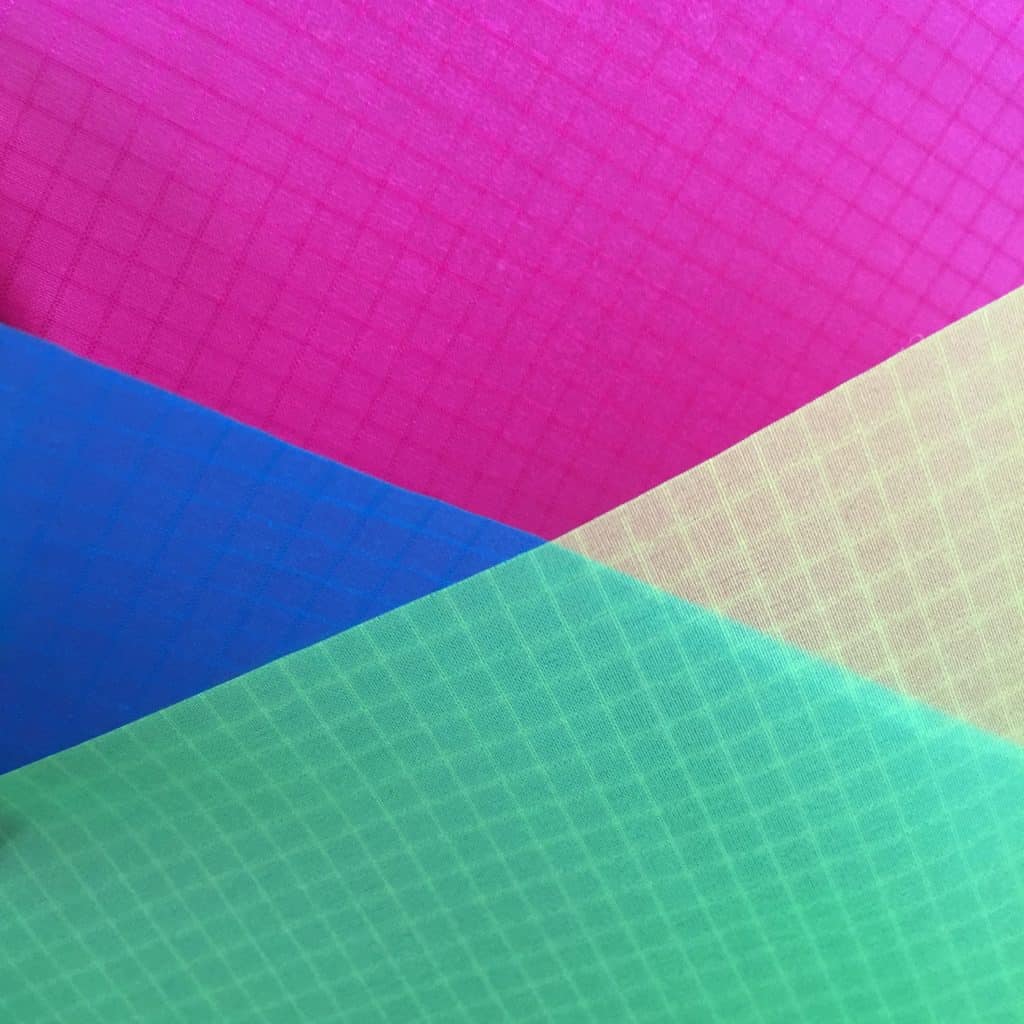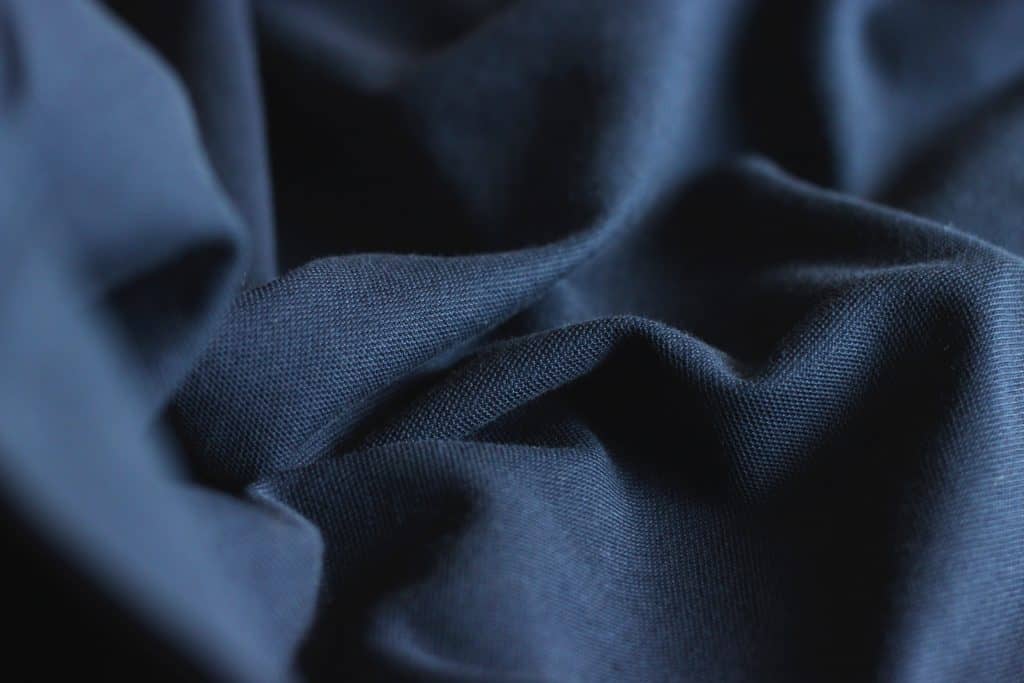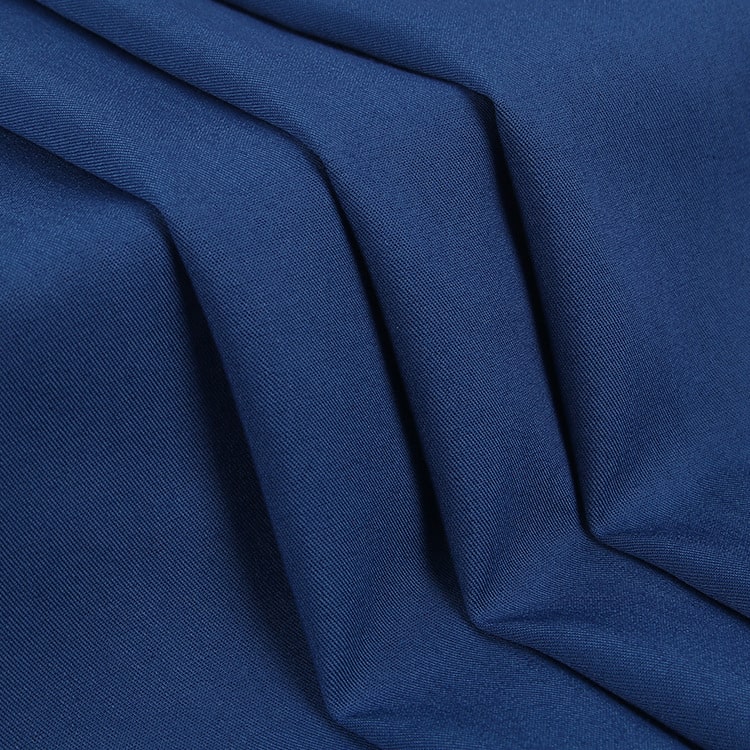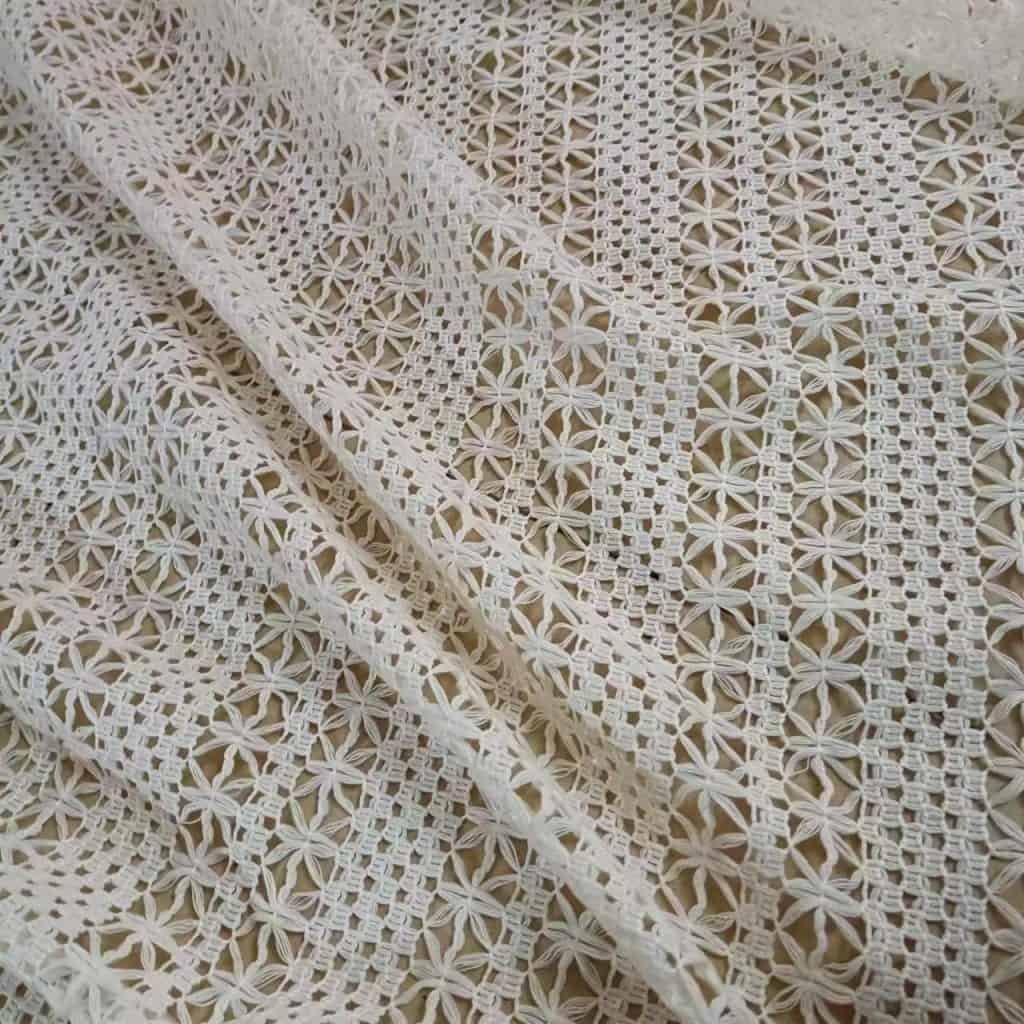
If you’re familiar with knitting, you could compare crochet fabric. Crochet is a craft that uses a hook and a roll of yarn to create fabric. It’s a technique used to make clothing, accessories, and homeware. From scarves to blankets to sweaters, you name it.
Crochet’s origins are a mystery. Many say it originated with the Arabians, while some say it’s from South America. It may also be from China. We only know that the Europeans popularized it in the early 19th century.
What Is Crochet Fabric?
Crochet fabric is a general term for end fabrics made from yarns interlocked by one hook. This interlocking process is called ‘crochet’, which means ‘small hook’ in French. You can create different patterns, shapes, and structures with this method to create almost anything.
You are also not limited to yarn because you can also use wood, plastic, or metal fibers to crochet. So, the possibilities are endless when crocheting!
What is the difference between knitting and crocheting?
You might get confused when you see knitted and crocheted products beside each other. In fact, there’s actually not much difference in the end product. It’s the technique that differs.
Knitting uses two needles and yarn to create fabric. On the other hand, crocheting uses only one needle and yarn to create crochet fabric. Also, a knitting needle really looks like a needle. The crochet hook doesn’t have a hole and is, literally, a hook at the end.

Materials Used For Crochet Fabric
If you’re just starting to crochet, you only need one piece of crochet hook and the yarn of your choice. But if you’re wondering which type of yarn or hook to get, here’s a guide to help you:
Types of yarn
Yarn comes in different types. But it also comes in different weights. #1 is the thinnest, whereas #7 is the thickest. If you’re a beginner, work on medium-weight yarns. You can go for #4 (worsted yarn) or #3 (DK yarn).
Here are the types of yarn based on composition:
Acrylic yarn
This is the cheapest available yarn you can crochet with. It’s also available in a lot of colors. But this isn’t the most beginner-friendly, though. Acrylic yarns tend to split apart. So, you might want to go for a different type of yarn if you’re a newbie.
Cotton yarn
This type of yarn isn’t elastic. So it’s perfect for projects that need to be structured. Cotton yarn is also cooler to work with, especially during the summer.
Wool yarn
If you’re just starting, you may want to opt for wool yarn instead. Wool fibers are very strong. So if you make a mistake and must undo a stitch, your yarn won’t break. Wool yarn is a good choice for winter apparel.
Crochet Hooks
Depending on your crochet hook type, the process, and outcome may differ. Here are the two main types of crochet hooks you can get:
Inline Crochet Hook
This type of hook has the same width as the hook’s shaft. It also has a more sharp and angular look. Use this hook if you want to create tight and uniform stitches. The inline crochet hook works well for making gloves and scarves.
Tapered Crochet Hook
This type of hook has a wider hook than the shaft. It’s also duller with a rounder head. This hook is also less prone to yarn splitting. Use a tapered crochet hook if you want to crochet faster. In fact, you may be able to finish crocheting a blanket over the weekend with the tapered crochet hook.
Techniques Used For Crochet Fabric
Because of how simple the materials you need to make crochet fabric are, you have unlimited options! Here are some of the most common crochet stitches that you can try.
Basic Stitches
-
- Chains (ch) where you create a line of basic loops by pulling through the loop
- Single crochet (sc), where you pull stitch and then pull through two loops
- Half double crochet (hdc), where you pull stitch and then pull through three loops
- Double crochet (dc), where you pull stitch, pull through two loops, and another two loops
- Slip stitch (ss), where you pull the stitch and loop on the hook
Advanced Stitches
-
- Solomons knot to create meshlike stitches to make crochet lace
- Crochet knit stitch that looks like a knit (interlocked Vs)
Combination Stitches
-
- Colorwork crochet that uses two or more colored yarns
- Mosaic crochet to create patterns using two or more colors
- Corner-to-corner crochet (c2c) used to create color blocks
- Crochet puff, bobble, popcorn, and crocodile stitches to create texture

Types Of Crochet Fabric
There are many types of crochet fabric available on the market. Here are some of the most common ones that you might encounter:
Filet Crochet
This type of crochet resembles a grid. It uses single and double-crochet basic stitches. The filet crochet fabric is used mostly for tablecloths, coasters, curtains, and placemats.
Irish Crochet
Irish crochet, or Irish lace, is a type of crochet fabric that uses design motifs in the fabric. Instead of uniform loops, it may have rose or leaf designs. Today, Irish crochet can be machine-made.
Tunisian Crochet
This type of crochet is like a blend of knitting and crocheting. It uses a special Afghan hook that’s longer than the regular one. Tunisian crochet fabric can make bags, cowls, cushions, etc.
Broomstick Lace Crochet
The broomstick lace uses another add-on tool like a broomstick or a US 50 knitting needle to create it. It has big, sweeping loops. The broomstick lace crochet is mostly used for blankets and scarves.
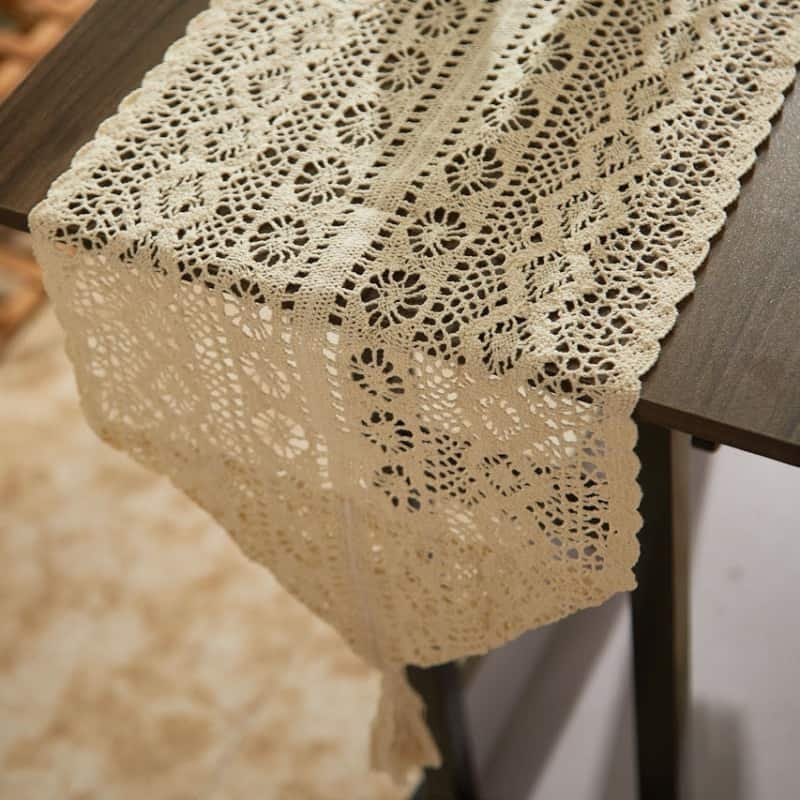
What Is Crochet Fabric Used For?
Crochet is used for various things, with homeware and winter wear being the most famous. The crochet fabric can be used for:
- Sweaters
- Socks
- Cardigans
- Scarves and shawls
- Blankets
- Placemats and coasters
- Curtains
Advantages And Disadvantages Of Crochet Fabric
Just like any other fabric, crochet also has its pros and cons. Here are some of the advantages and disadvantages of crochet fabric:
- Advantages
- Inexpensive and affordable way to make clothing and home accessories
- Portable and relatively easy-to-learn
- Soothing and stress-relieving benefits
- Disadvantages
- Bulky, loopy apparel
- Limited number of stitching patterns are available
Conclusion
Crochet has become popular in the fashion industry because of its unique texture, versatility, and ability to add a handmade touch to clothing and accessories. From delicate lace dresses to cozy sweaters and hats, crochet fabric can be used to create a wide variety of fashionable and comfortable items.
Crochet fabric offers endless possibilities for creativity, sustainability, and unique style. Whether you are a professional designer or simply enjoy crafting your own clothing and accessories, learning and exploring crochet is a skill worth exploring.

